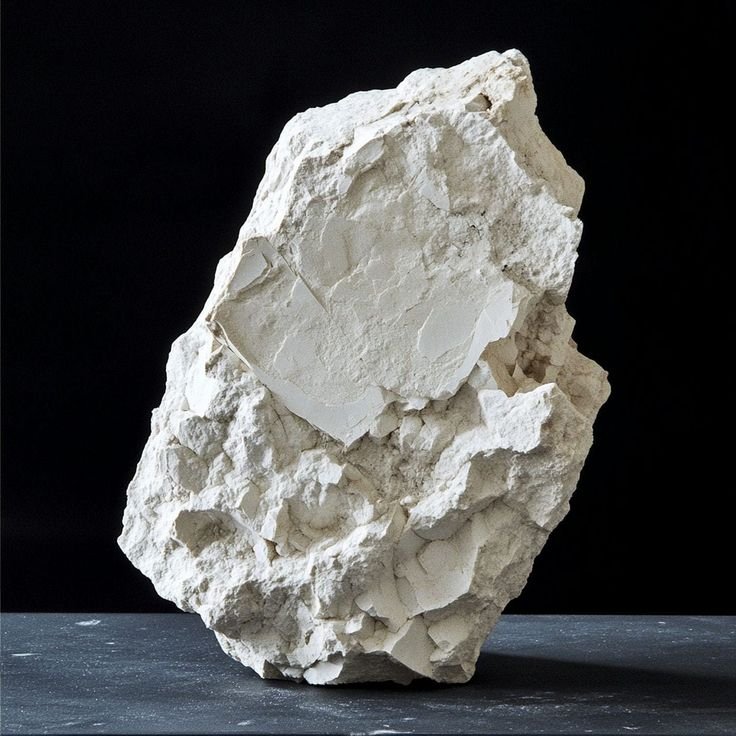
Its chemical name is calcium sulphate di-hydrate, and its chemical formula is CaSO₄·2H₂O. It is a mineral that occurs in large deposits throughout the world.
Role of Gypsum in Agriculture
Gypsum is applied to the soil as a source of Calcium and Sulfur. The Calcium supplied by gypsum in fertilisers is of importance in crop production in areas where soils are subject to extensive leaching.
Importance of Sulphur In Plant Growth
- It has been recognised as an essential constituent of plants. For centuries, Sulphur compounds had been applied to soils because of their observed beneficial effects on plant growth.
- It serves as a constituent of protein and various other compounds in plants.
- It has an influences on chlorophyll development in plant leaves. Plants defencient in Sulphur exhibits a pale green colour.
- The root system of several plants has been observed to be greatly enlarged by the application of Sulphur.
- It has been reported that good crops are produced by the application of sulphur-containing materials such as gypsum.
Role of Gypsum in Industries
Plaster of Paris
When gypsum is heated under carefully controlled conditions at 100 degrees, it loses three-quarters of its water of crystallisation. The resulting product is called Plaster of Paris.
Formation of Plaster of Paris
CaSO₄·2H₂O ⟶ CaSO₄·½H₂O + 1½H₂O
However, if gypsum is heated strongly at 400 degree, it froms anhydrous salt ( product) called ‘ Dead burnt’ Gypsum. It absorbd water very slowly.
Strong Heating of Gypsum
CaSO₄·2H₂O ⟶ CaSO₄ + 2H₂O
Setting of Plaster of Paris
Plaster of Paris, when mixed with half of its weight of water, forms a plastic type vof iscous mass and then sets to a hard, porous mass. This process is completed within 10 to 15 minutes. During the process, expansion of about 1% in volume also occurs, which fills the moulds completely and thus a sharp impression is achieved.
CaSO₄·½H₂O + 3H₂O ⟶ 2CaSO₄·2H₂O
Use of Plaster of Paris
- It is used for making plaster walls, casts of statuary, coins, etc.
- It is used in surgery, plaster of Paris bandages are used for holding in place fractured bones after they have been set.
- Special plasters contain plaster of Paris and other ingredients which vary with the demands of the use to which they are to be put.
Special Varieties of Plasters
Cement Plaster
It is plaster of Paris to which usually glue or other oils have been addes as retarders to prolong the tme of setting is called cement plaster.
Hard Finish Plasters
- These are made by the calcination of the anhydrous sulphate with alum or borax.
- These plasters are set very slowly but give a hard finish.
- When mixed with wood pulp and allowed to set in the form of a board, it forms a material, much used in the construction of buildings as well as boards and partitions.
- Gypsum is also used in the paper industry.
- Gypsum is used in the cement industry.
Conclusion
Gypsum is a widely used material in construction, particularly for non-structural and decorative elements like drywall and ceilings. Its benefits include fire resistance, sound and heat insulation, and ease of installation.


